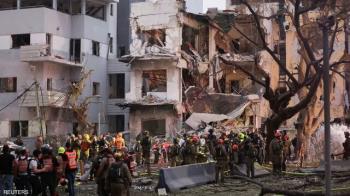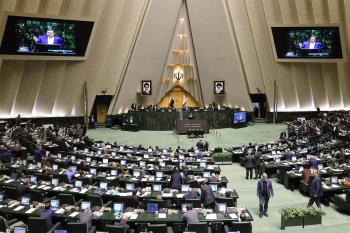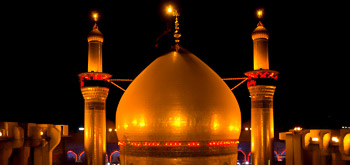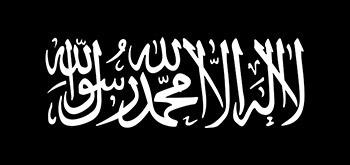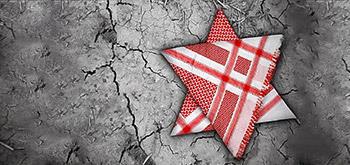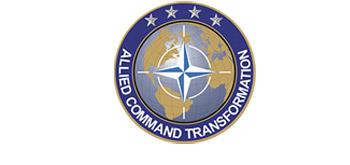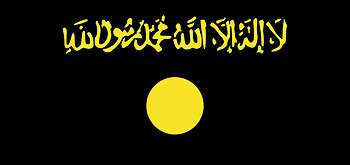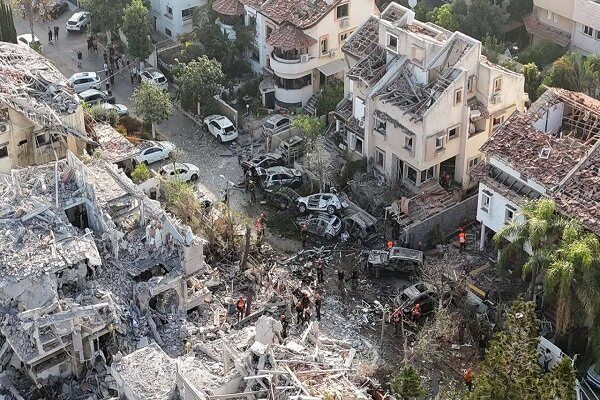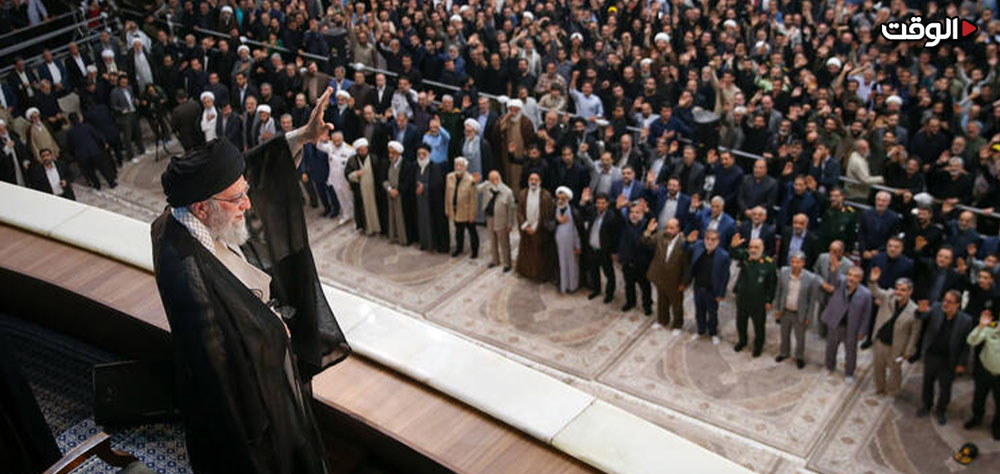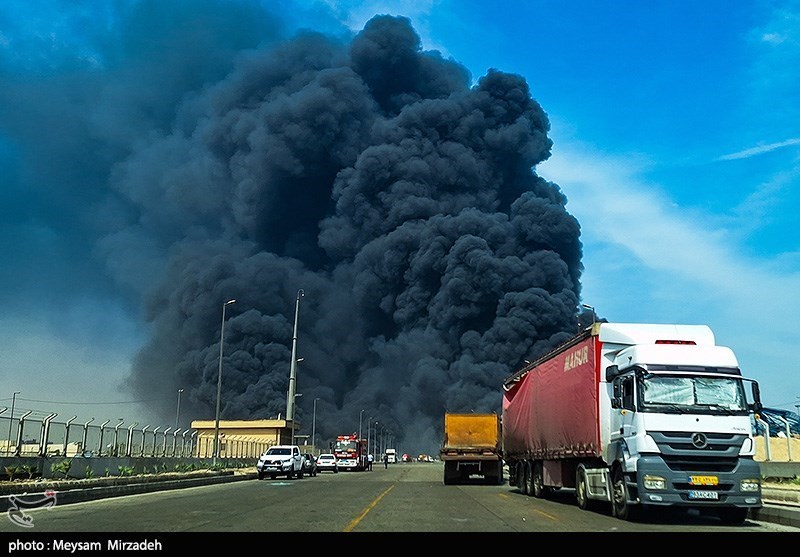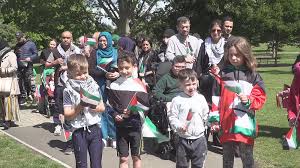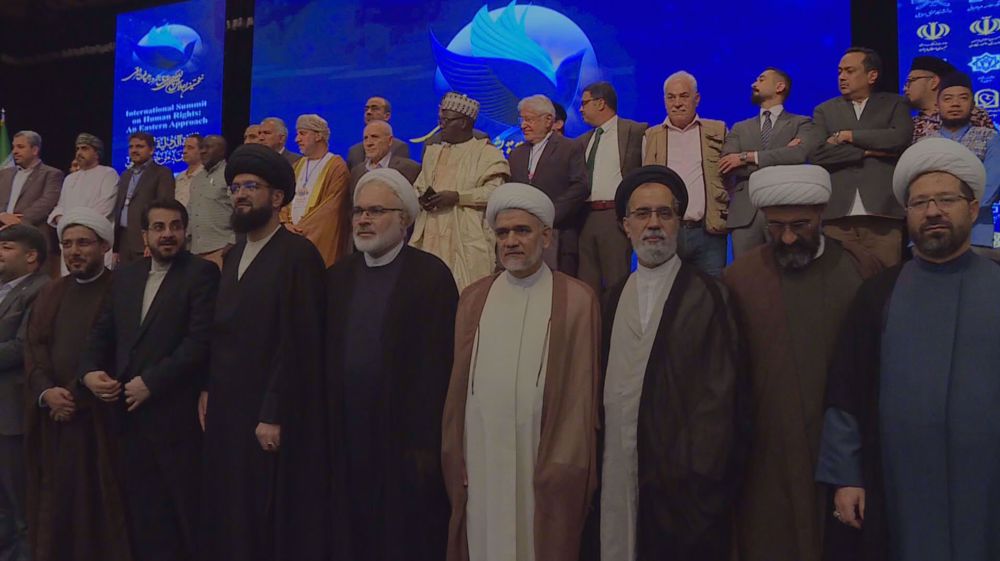Alwaght- Believing that with the weakening of the resistance movements in Palestine and Lebanon and the fall of Syrian government of Bashar al-Assad the Islamic Republic of Iran is in a tight spot and Tel Aviv with the US assistance with air operations can swiftly destroy Iranian nuclear and missile infrastructures, the Israeli regime launched a criminal aggression on Iran on June 13.
Though following the Israeli aggression on Tehran and other cities a number of senior Iranian commanders and nuclear scientists were assassinated, the Iranian armed forces immediately took the initiative and carried out the first round of their operations on the occupied territories hours after these crimes.
The Islamic Revolutionary Guard Corps (IRGC) announced in a statement on the evening of June 13 that in the first round of the operation, it attacked “dozens of targets, military centers and air bases” in the occupied territories. Israeli sources said that about 100 missiles were launched from Iran in this operation. In the first wave of Iran’s response, serious damage was inflicted on sensitive and military centers in the capital Tel Aviv.
To punish its enemy further, Iran immediately carried out the second wave of Operation True Promise III, an hour after the first wave, on the morning of June 14. In the second wave, Iran targeted the cities of Haifa and Galilee, during which a state of emergency was declared in all Israeli areas. The Israel Public Broadcasting Corporation announced that 21 Israelis were injured in the Iranian missile attack. A 32-story building in Tel Aviv was also damaged by Iranian strikes. According to Israeli media reports, Iranian missiles completely destroyed nine buildings in Ramat Gan in the center of Tel Aviv, and hundreds of buildings were damaged.
The third wave of the combined offensive by Aerospace Forces of the IRGC, including dozens of missiles and drones codenamed “Ya Ali ibn Abi Talib” successfully penetrated the multiple layers of defense of the Israeli regime on the evening of June 14. According to the second statement of the IRGC, in this operation, the IRGC Aerospace Force’s missile and drone units, using a combination of pinpoint and intelligent systems, targeted military centers and air bases that were the source of the criminal aggression against Iran, as well as military industrial centers that were used by the Israeli army to produce missiles and other military equipment and weapons for their wars against regional nations, especially the oppressed people of Palestine and Gaza. The Israeli emergency services announced that 40 people were injured in the third wave of Iranian attacks.
In the evening of June 14, the IRGC in the fourth wave of its operation launched missiles at Israel in a offensive targeting Tel Aviv, Haifa, and other occupied cities. Israeli media reported strikes on targets in Tiberias, Golan Heights, and Galilee, destroying a number of buildings.
Channel 12 of Israel confirmed that one of the Iranian missiles directly hit a building in Tel Aviv and left major damages. Israeli sources, citing eyewitnesses, reported that one of the missiles struck a strategic position in the e center of Israel. Israeli rescue service that at least four were injured in Tel Aviv as a result of these attacks.
Qadr and Emad missiles
The fifth phase of Operation True Promise III began on Sunday morning, June 15, and according to images released from the occupied territories, the Haifa refinery was directly targeted by Iranian missiles. The IRGC Public Relations Department announced in a statement: “A new wave of combined offensive operation was launched by the IRGC Aerospace Force in response to the renewed aggression of the Israeli regime. In the fifth round of missile attacks, several Iranian pinpoint missiles hit the vital power facilities of the Israeli regime.
An informed source said that Iran used Emad and Qadr missiles in the attack on Haifa and Tel Aviv. These attacks led to widespread disruption of the power grid network in the central regions of the occupied territories and disabled part of the regime’s vital infrastructure. Channel 4 of Israel reported that two Israelis were killed and several others were injured in the new round of Iranian missile attacks on northern occupied Palestine. Images of power outages in areas of Haifa and the destruction of areas in the center of the occupied territories were also published by Channel 12.
In the sixth wave in the evening of June 15 Israeli command and control centers were targeted. According to the IRGC's statement, the air defenses of Israel were disrupted using new and sophisticated military methods.
In this wave, Haifa and Tel Aviv were rained down with Iranian missiles, sustaining severe damage.
Destructive power of hypersonic missiles
In the ninth wave, which was launched on June 16, the cities of Haifa and Tel Aviv were targeted with a number of Iranian ballistic missiles. In this phase of the Iranian operation, seven Qiyam missiles hit the Tiberias and Kiryat Shmona areas, causing extensive damage to a number of buildings. In this wave, a refinery and a power plant were hit in Haifa, and extensive damage was also caused in Tel Aviv and Bnei Barak. What distinguished the ninth wave from previous ones was the increased use of hypersonic missiles. Several images of hypersonic missiles hitting targets in Tel Aviv and Haifa were captured during the operation, showing that these missiles easily passed through Israeli anti-ballistic defense systems and hit their targets.
The tenth wave of the operation was conducted on June 17, and according to the IRGC's statement, in response to the Israeli regime’s attack on Iranian soil, the IRGC Aerospace Forces targeted the air bases from which the Israeli aggression was launched. In this wave, a large-scale missile operation was launched against Israeli air bases from which fighters jets flew to attack Iran. Channel 14 claimed Iran fired 10 missiles in this wave.
The Weizmann Institute of Science, the security brain and supporter of the Israeli army, was also targeted in this operation, and many parts of the building of this center were destroyed. The missile attack was not limited to the institute area and the Rehovot Central Train Station also suffered heavy damage. Following the explosion, the shutters of the station were bent, the windows of platform number one were broken, and the elevator doors were torn off. Part of the platform canopy collapsed and the entrance doors were severely damaged. Elsewhere in the city, a few kilometers from the institute, 37 people were injured by a missile strike, two of whom were reported to be in critical condition, 12 with moderate injuries, and 23 with superficial injuries. There was significant damage to buildings and shops within a radius of several hundred meters, and several points in the city caught fire.
Using Fattah and Sejjil missiles
In the eleventh wave in the early hours of June 18, the IRGC launched at strategic targets a number of ballistic missiles including the first generation of Fattah missiles.
Israel Radio announced that 30 Iranian missiles hit the center of Israel in two waves within 20 minutes. Two buildings in Haifa were targeted, and another building was destroyed in the Lachish neighborhood. During this operation, the David Sling anti-missile system failed to intercept the Iranian missiles and self-destructed, striking an area in Tel Aviv.
As Israel stepped up its crimes against civilian areas in Iran, Iranian armed forces also used their new military technologies and dealt deadly blows to the Israeli enemy.
In the twelfth wave of Operation True Promise III, which was carried out on the evening of June 18, various areas in the occupied territories were targeted. According to the announcement of the IRGC, the twelfth wave was carried out by firing super-heavy, long-range, two-stage Sejjil missiles. About 8 missiles were fired from Iran in this wave of the operation, during which Tel Aviv was hit. According to Hebrew media, in this wave, 20 residential towers were destroyed when an Iranian ballistic missile hit Tel Aviv.
The thirteenth wave was launched on June 19 with the firing of long-range super-heavy missiles. Israeli media announced that Iranian missiles landed in 4 locations, 3 in Ghosh Dan and 1 in the south. In the attacks of this wave, 3 Israelis were killed and 30 were injured. Also, as a result of the blast wave caused by the missiles hitting a security center in the heart of Tel Aviv, the entire building of Soroka Hospital, which was treating soldiers wounded in Gaza, collapsed.
The fourteenth wave began on the morning of June 19 as a combination of suicide drones and strategic missiles. In this operation, the command and intelligence center of the Israeli regime's army, near one of the hospitals, was targeted with high precision and pinpoint accuracy.
The fifteenth wave began on the evening of June 19 with a combination of missiles and drones against military targets and industrial centers related to the military industry in the cities of Haifa and Tel Aviv. In this wave, more than 100 combat and suicide drones were used against military targets, especially anti-missile defense systems in Haifa and Tel Aviv. Also, during this operation, the electricity of some Israeli settlements was cut off. During this wave, the sound of several explosions was heard in Tel Aviv and Al-Quds (Jerusalem). Also, the emergency notification system in the occupied territories was hacked during this operation.
On Friday morning, June 20, the sixteenth wave was launched by the IRGC. The main target was the Nevatim airbase in Negev in southern occupied territories was struck. Israeli media reported that an Iranian missile landed near Microsoft building in Be'er Sheva. The city's major said that the missile struck directly and no interception efforts were made. Israeli media said that the center for advanced technologies and cyber security of Be'er Sheva took damage as a result of the attack.
The seventeenth wave was launched on the evening of June 20 across the occupied territories and against a range of targets, including military centers, defense industries, command and control centers, companies supporting the regime’s military operations, and the Novatim and Hatzerim airbases. The operation was carried out using long-range and super-heavy missiles, attack drones, and suicide drones.
In this operation, an advanced technology, research, and cyber security center in Be'er Sheva was hit and many parts of it were destroyed. The Northern Be'er Sheva train station was temporarily closed. According to the Israeli police, the missile that landed carried a 300-kg warhead. According to the Israeli National Emergency Management Authority (NEMA), at least six different points were targeted by Iranian missile attacks. The Yedioth Aharonot newspaper reported that in addition to the Tel Aviv and Haifa areas, areas in the Negev Desert were also targeted by Iranian missile attacks. NEMA put the latest number of casualties from the Iranian missile attack in the seventeenth wave at 27. An Israeli news outlet reported damage to the administrative centers of the Israeli regime in the city of Al-Quds following the Iranian missile attack.
Iran launched the eighteenth wave on the morning of June 21 against military targets, military industries and command centers. According to the IRGC, this wave targeted center of occupied Palestine and Ben-Gurion Airport against military targets and operational support centers of the Israeli army with Shahed-136 suicide and combat drones and solid and liquid-fueled pinpoint missiles, and successfully destroyed the targets. In this operation, several squadrons of Shahed-136 continuously carried out missions in the skies of the occupied territories, and the most up-to-date defense systems failed to intercept them, with the Israelis rushing to shelters for their lives.
As a result of the missile hitting Tel Aviv, in addition to the sound of an explosion, some buildings caught fire and sustained damage. According to the IRGC spokesman, the result of the missile barrage on the occupied territories in the eighteenth wave was the successful targeting of 14 strategic military points in Haifa and Tel Aviv. The Sail Tower in the center of Haifa, which hosts the office of the AI12 Labs artificial intelligence company and other military industry software companies of the regime’s defense ministry, was targeted in this operation with a long-range Qadr missile. Explaining the details of the this wave, the IRGC spokesman said: “We have witnessed new innovations in the planning of this operation in terms of the type of missile selection, targets, and missile and drone guidance routes.”
The nineteenth wave was launched on July 22, with a combined missile and drone operation. In this operation, a large wave of attack and suicide drones were fired at their strategic targets throughout the occupied territories from the north to the south.
Kheibar missiles step in
As Israelis continued their aggression on Iran, the latest military achievement of Iranian armed forces was operationalized. Meanwhile, the twentieth wave began, using a number of long-range solid fuel missiles with devastating warheads. New tactics of crossing multi-layer air defenses were used during this missile firing. In the twentieth wave, 40 solid and liquid fuel missiles were fired at the occupied territories. In this operation, for the first time, Kheibar multiple-warhead ballistic missile from the third generation of the IRGC’s aerospace missiles was used. The attack used new and surprising tactics for more precise, destructive and effective strikes.
Ben-Gurion Airport, the regime’s biological research center and, alternative command and control centers were hit in this wave by guided missiles that sport maneuvering warhead during landing and guidance until the moment of impact. The main targets of the Iranian attack were the two cities of Haifa and Tel Aviv.
In Haifa several injuries were reported and some missiles struck their targets in Tel Aviv. Reports suggested that Iranian missiles and their shrapnels hit at least 10 points in Haifa, Tel Aviv, and the northern coastal region. Local sources reported fire and massive destruction. Israel Radio reported that extensive damage and destruction occurred in several areas of Greater Tel Aviv, Haifa and Ness Ziona. Israeli media reported that 10 injured people were taken to hospital following the attacks, two of whom in critical condition.
The twenty-first wave began on July 2 in response to the continued atrocities of the brutal Israeli regime, with the firing of solid and liquid fuel missiles and combined operations of sophisticated drones. This wave was launched against military targets and military support centers from the north to the south of the occupied territories, using drones and solid and liquid fuel missiles, and utilizing special tactics to pass through the dense and expensive defense shield layers of the Israeli regime. The Iranian army also launched dozens of drones into the occupied territories. Israeli sources reported that an Iranian missile hit the industrial area and around the power plant in Ashdod. This time, Iranian retaliatory missiles also targeted Israeli settlements around the besieged Gaza Strip.
In the morning of June 24, the IRGC announced that in the last minutes before ceasefire, it launched the twenty-second wave, striking Israeli military and support centers across the occupied territories with 14 missiles, "teaching the Zionist enemy a memorable lesson." Images coming out of the occupied territories showed that the operation, which was the largest in 12 days, destroyed tens of buildings from the north to the south, with Israeli officials admitting it was bitter and painful experience for them.

